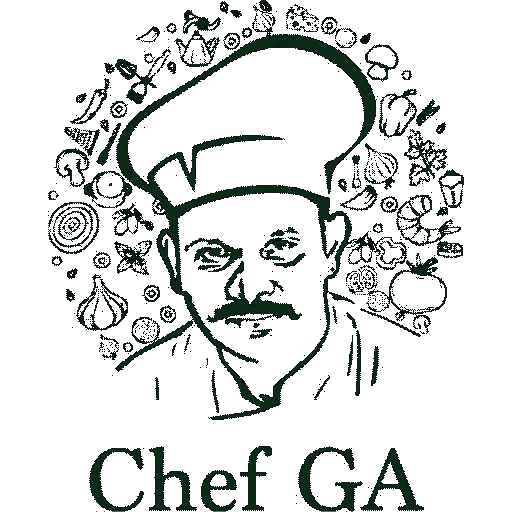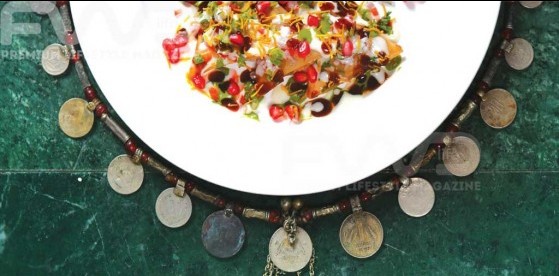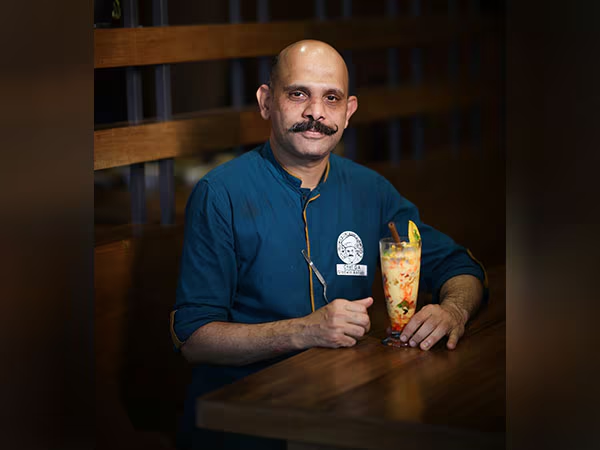Ember, the first Museum restaurant in India, was conceptualized by Saji Joseph and Executive Chef JP Singh. Chef Gladwin Anthony, the Chef at the restaurant gives us a culinary tour.
Nights at a museum are considered eerie for a few or rather mystical. As you walk through the traditional temple pavilion with a wooden ceiling of dexterously carved figurines of deity, you’re in a museum with an ambience of Prussian blue. In the mists of the night, the museum is ethereally speckled with a few lights and the metallic shine from the ancient 18th-century tribal jewellery from Wayanad. Followed by a few glances from the picturesque women in paintings, I loved how time stood still. In the presence of many ancient statues and silenced horses, it’s quite a sight. But when you see a rogan josh placed on the table, that’s another story save history
At the museum, I settled on a plum armchair. Syamjith told me about some of the antique pieces, especially the one about the Shivaji statue. Though it is very quiet, you would love to hear the stories behind the artefacts. Travelling to the 16th century,I spotted a tattered book with pages that aged gracefully with the text of Victorian typography. Trying to decipher the French, a few names looked familiar, and then we realised it was a Bible. Mr. Syamjith Venugopal, assistant manger, F&B mentioned that was it was purchased from the Bishop’s house, Pondicherry. The Bible had a map that showed a sea route to India. Whilst travellers explored the sea those days, we had our little exploration under the sea when Chef Gladwin served us some crunchy squid rings. As your eyes guide you, you walk and cross pillars to discover something new. Immersed in the warm shades of terracotta, the guilded sculptures and opaque- colored porcelain, the paani puri blended in perfectly with the sap green and auburn marble tiles. Though there were swords and ferocious masks, we were never jaded by jade. The Chinese porcelain collection is quite stunning. The one that struck me was a green plate filigreed with gold lines and painted with the prosperous red-coloured flowers. It was handcrafted during the 17th century and exchanged during the major Middle East trade. Chef Gladwin was inspired by the hint of green; he dappled the rasam with some mustard seeds. Moving away from the dainty art, we were invited by the flamboyant teak wood orange masks – crafted by 90-year-old artist Pavitharan. We joked that the mask would have rolled its eyes to have some payasam with crushed papadam and caramelised bananas. As the sun bowed to the moon, we were welcomed to an old fashioned tea party – especially with an antique 17th century teapot. Chef Gladwin served us crisp banana fritters and sulaimani with rose chocolate. He joked, “ Everything is antique here, but the food is fresh.” With a quintessential dining experience and contemporary styled food, the clocks had melted at the museum. We were caught in a different time.





